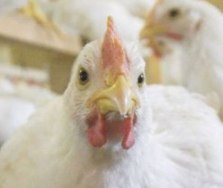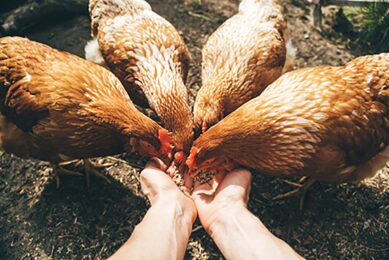Study: GIPSA to cost brolier industry $1 billion

Proposed new regulations from the US Department of Agriculture will cost the broiler chicken industry more than $1 billion over five years in reduced efficiency, higher costs for feed and housing, and increased administrative expenses, according to a study released today by the National Chicken Council.
And that doesn’t even count the potential costs of litigation, lost export sales, and increased consumer prices, according to the study by FarmEcon LLC, an agricultural economics consulting firm.
Raising live chickens
“The proposed rule changes are likely to slow the pace of innovation, increase the costs of raising live chickens, and result in costly litigation,” wrote Thomas E. Elam, president of FarmEcon. “Higher costs would put upward pressure on chicken prices, and economic theory strongly suggests that consumers would ultimately bear most of these costs.”
Rules proposed by USDA’s Grain Inspection, Packers & Stockyards Administration (GIPSA) would force changes in the relationship between the nation’s chicken companies and the independent farmers who grow chickens under contracts with the companies, and would also require changes in the production and marketing system for cattle and pigs.
GIPSA maintains that the changes will have little economic impact, but evidence is accumulating that the cost will in fact be considerable. The FarmEcon study was the first to look at the impact on the meat chicken industry specifically.
Alter long-standing relationships
“GIPSA’s proposed rules would alter long-standing contractual and business relationships between chicken companies and independent growers,” Elam wrote. “The changes that are proposed are, in part, designed to broaden the scope of GIPSA authority, reduce the latitude to pay growers based on their performance, limit the ability of chicken companies to seek grower investments, and set new requirements for cessation or reduction of delivery of birds to growers.”
“The most likely economic effects would be a reduction of performance-based competition among growers, a reduced rate of capital investment, a reduced rate of efficiency gains, higher chicken prices, and reduced chicken exports,” he added.
The cost burden from all identified sources increases over time, Elam wrote, reaching about $337 million per year in 2015. The total
The FarmEcon study is available on the web site. It will be filed with the government as part of the industry’s comments on the proposed rule.












